Inishmore
Text by Susie Parr
Twenty five years ago, visiting Inishmore – the main Arran island off the west coast of Ireland – you would probably have been wise to prepare yourself for a less than comfortable experience. The ride into rough seas – butting through prevailing south westerlies – would finally deliver you to the old landing point at Kilronan. Emerging queasily from the boat, you would find yourself plunged straight into a feeding frenzy, as pony trap and minibus drivers vied with cycle rental businesses for your custom. If it was raining – as was often the case – you might retreat to the nearest pub or café where the offerings were usually grim: stale white bread, leathery meat, instant coffee, damp crisps, sickly sodas. Not a salad leaf or fresh juice in sight. The one exception in the food department would be the candle-lit vegetarian banquets served, with opera blasting out over the hi-fi, in the hostel run by Joel – an exotic creature blown in from America and long since departed from these rocky shores.
Then the cycle ride on a bike with sagging saddle, squeaky brakes and deficient gears to find your campsite, or the B and B where you would try in vain to dry your clothes by draping them over a cold radiator.
These days, despite the same sickening ride as the boat lurches through the waves, you make landfall at a streamlined new harbour that is free of hagglers. All seems calm as you emerge to wander round the town. The main settlement even boasts a small municipal flower display, although begonias and pot marigolds are no competition for the ox eye daisies, orchids, harebells, scabious and loosestrife that nod in the fields, the rowan trees laden with orange berries, the fiery montbresia and fuchsia that glow from every hedgerow.
There are still some takers for the horse drawn traps, mostly driven by old timers, although one young driver with an asymmetric haircut, sparkling earring, sports gear and mobile phone makes his own statement about modern times on the island. A few visitors opt for the rusty minibuses that rattle along potholed lanes on a speedy tour of the island’s prime sites. These are outclassed by the Mercedes people-carriers that now guarantee a comfortable ride, with air con if required.
It’s unusual to see an Irish tourist here: Arran’s thousands of day-trippers hail from France, Germany, Spain, Italy, America and Japan. And the island has upped its game to meet the expectations of these cosmopolitans.
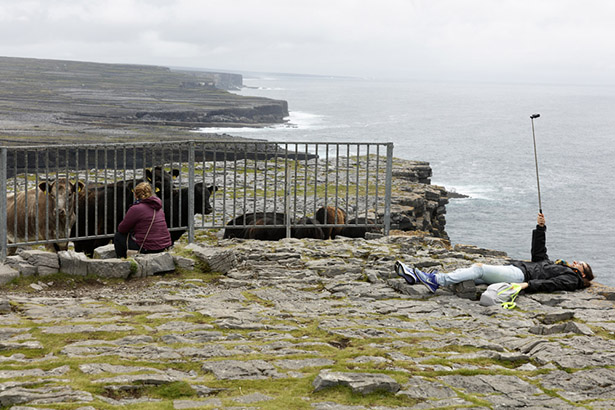
At the ancient fort of Dun Aengus you now pay 4 euro for multi-lingual interpretation boards, toilets and a signposted pathway leading up the wild, rocky cliffs. The hire bikes are sleek and many-geared, with helmets provided. You can buy designer knitwear and subtle silver jewellery. Cafes serve cappuccino, ciabatta, salad leaves, Arran feta cheese and mackerel pate with fresh soda bread. The only thing that hasn’t really changed is the Guinness: cold, black, slowly poured.

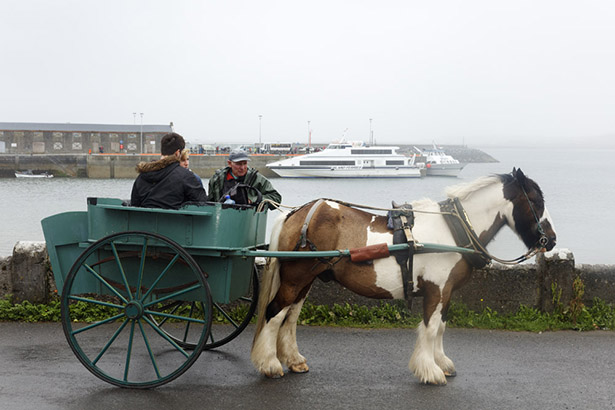
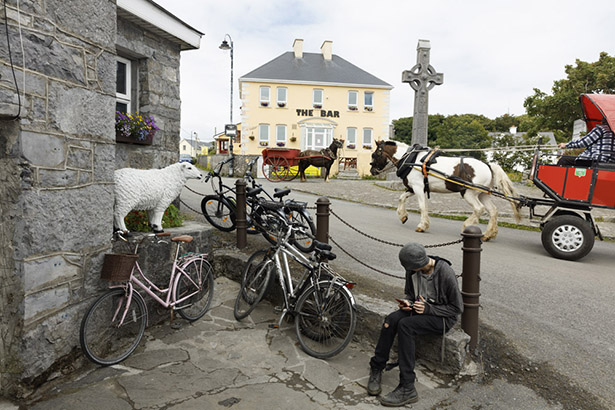
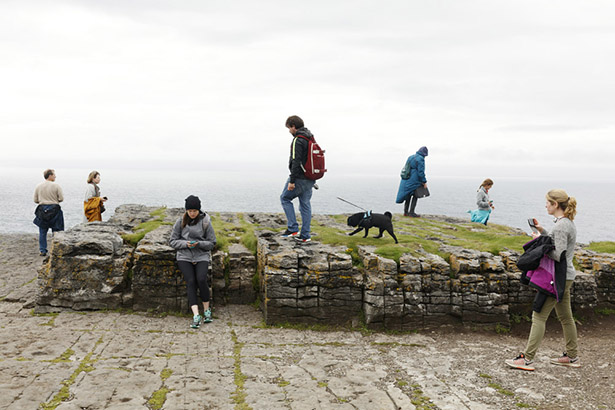
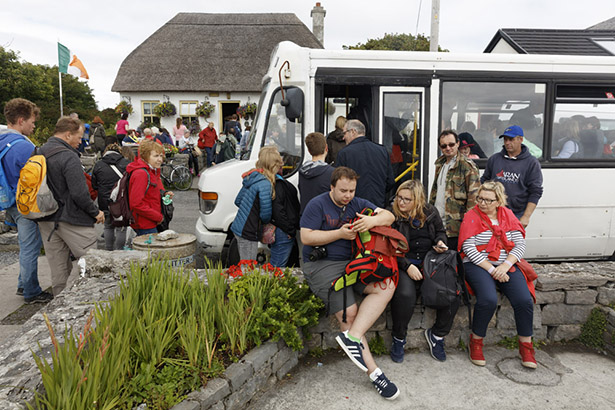
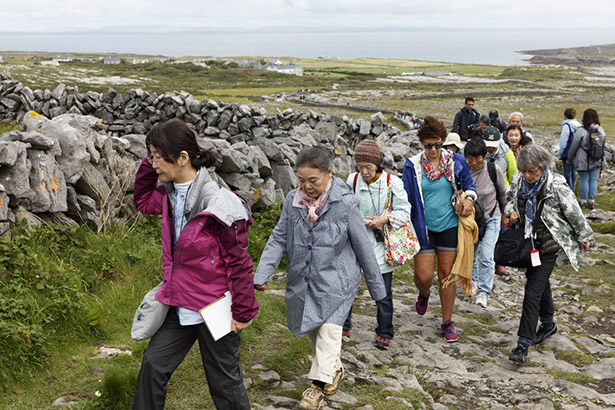

Comments are closed.